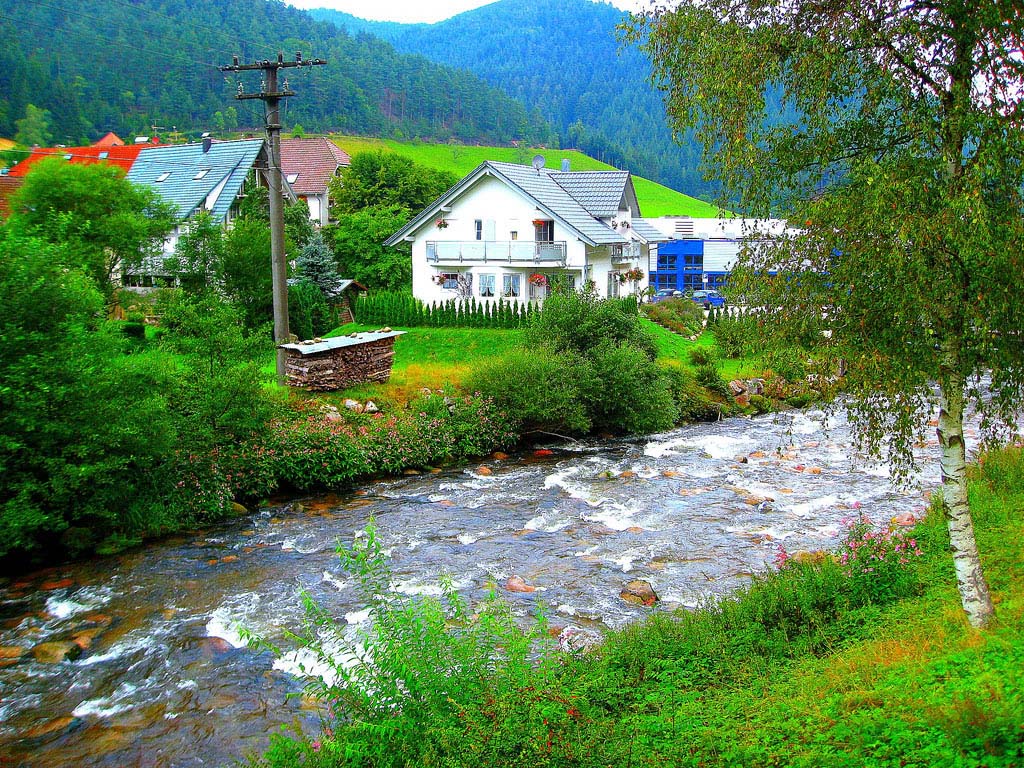

For guaranteed conditions, try the artificial whitewater of Augsburg Eiskanal in Augsburg – constructed for the 1972 Munich Olympic Games.Since you are here, we would like to share our vision for the future of travel - and the direction Culture Trip is moving in.Ĭulture Trip launched in 2011 with a simple yet passionate mission: to inspire people to go beyond their boundaries and experience what makes a place, its people and its culture special and meaningful - and this is still in our DNA today. The Gutach in the Black Forest is another fast flowing, narrow and tough run. Though Germany can’t hold a whitewater flag to many global destinations, it does have a few runs worth getting skirted up for, including the steep descent of the Eistobel on the Argen River in Bavaria. Another astonishing Alpine puddle that can be explored by kayak or paddleboard is Lake Eibsee below Zugspitze in Grainau, Bavaria.įor something different, paddle the small Altmühl between the Rhineland and the Danube, which includes an underground tunnel section that was artificially constructed to supply the Rhine- Danube canal.

Similar paddle-camp explorations can be had in the Spreewald, south of Berlin around Lake Constance (the second largest in Europe) and on the Schleswig-Holstein lakes, from Eutin to Kiel. Here you can pack supplies and meander through a mosaic of lakes, pitching the tent bankside at night. Perhaps the most appealing multiday paddle is in the Müritz National Park.

Paddling the big rivers is popular, but you have to share with big cruisers. There’s plenty of water sloshing around Germany in the form of lakes, canals and some of Europe’s greatest rivers – think the Danube and the Rhine – with more than 40,000km of predominantly flat water for paddling enthusiasts to explore. Some of Germany's waterways are a place of peace and plenty, some with no need for whitewater © Jonathan Stokes / Lonely Planet Paddling Those seeking more vertiginous challenges can, in summer, check out the multitude of routes crammed into and around the Bavarian Alps. Other popular trekking areas include the Harz and the Black Forest. The Saxon-Bohemia region in the east is home to the Kammweg, a 289km hiking route that’s one of Central Europe’s oldest, while the 660km Goldsteig in eastern Bavaria is Germany’s longest notable trail, its route traversing woodlands and riverscapes and overlooking a line-up of 1000m-plus peaks. The latter is not to be confused with the equally stunning 320km Rheinsteig from Bonn to Wiesbaden, a trail shadowing the Rhine and featuring challenging climbs and a variety of landscapes of both natural and cultural significance. Saxon Switzerland and the Thuringian Forest are respectively home to Germany’s most scenic long-distance walks: the 112km Malerweg – known as the Painter’s Way for its historical association with landscape artists – and the Rennsteig (168km), a ridge walk in the Thuringian Highland. In Germany, many long-distance trails offer a slice of everything: steep and serious terrain with mountain views, undulating tracks through forests, hiking paths linking historic villages and remote walks where you can still spot wildlife, including black bears and lynx. It's not all about footwork while hiking in Saxon Switzerland National Park © Westend61 / Getty Images Hiking


 0 kommentar(er)
0 kommentar(er)
